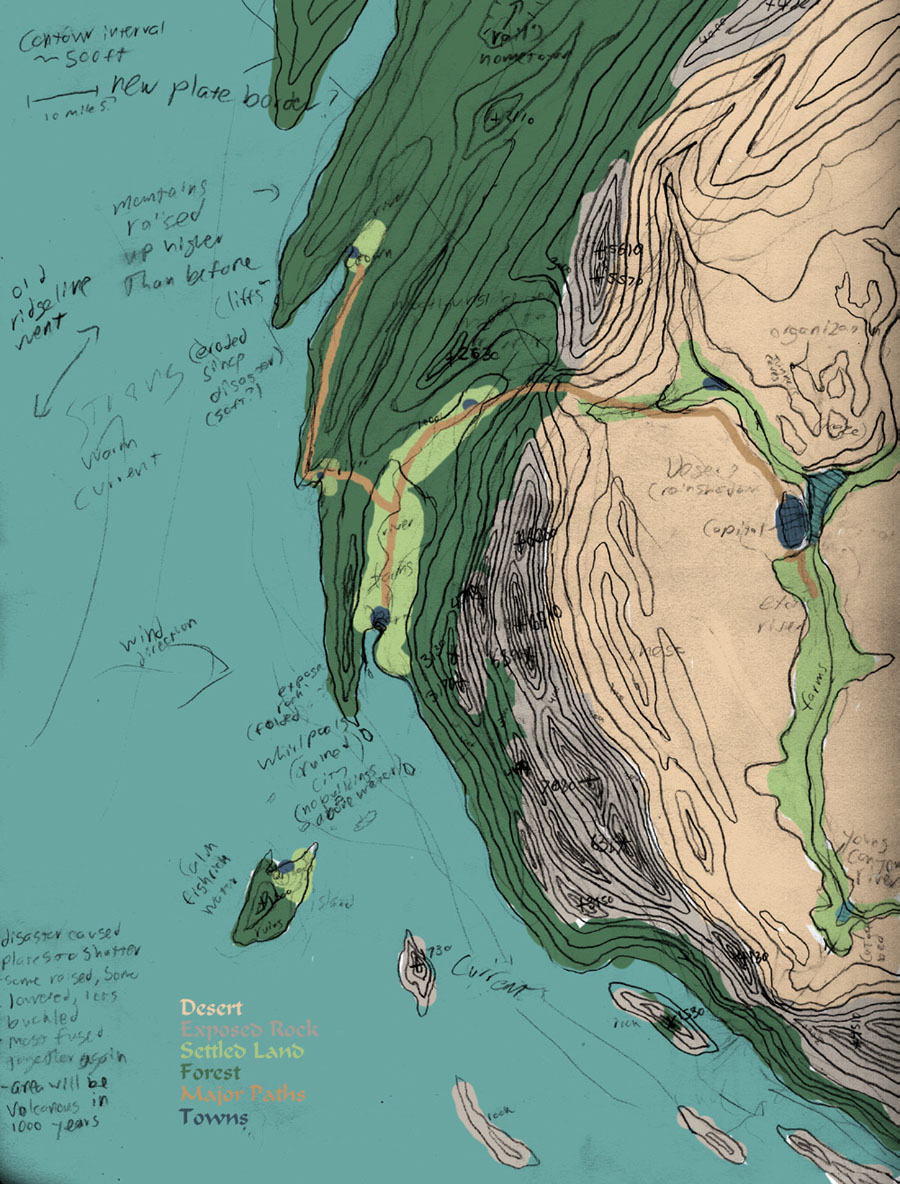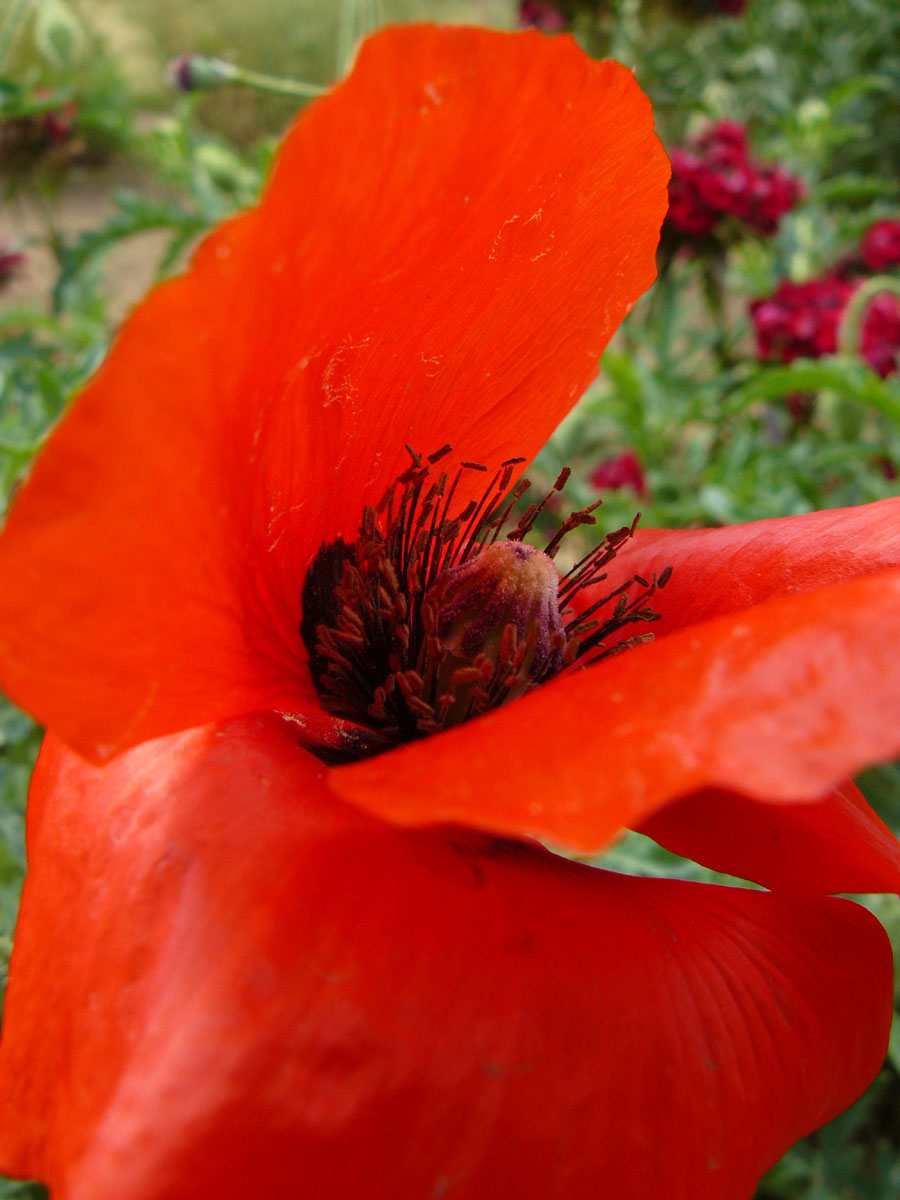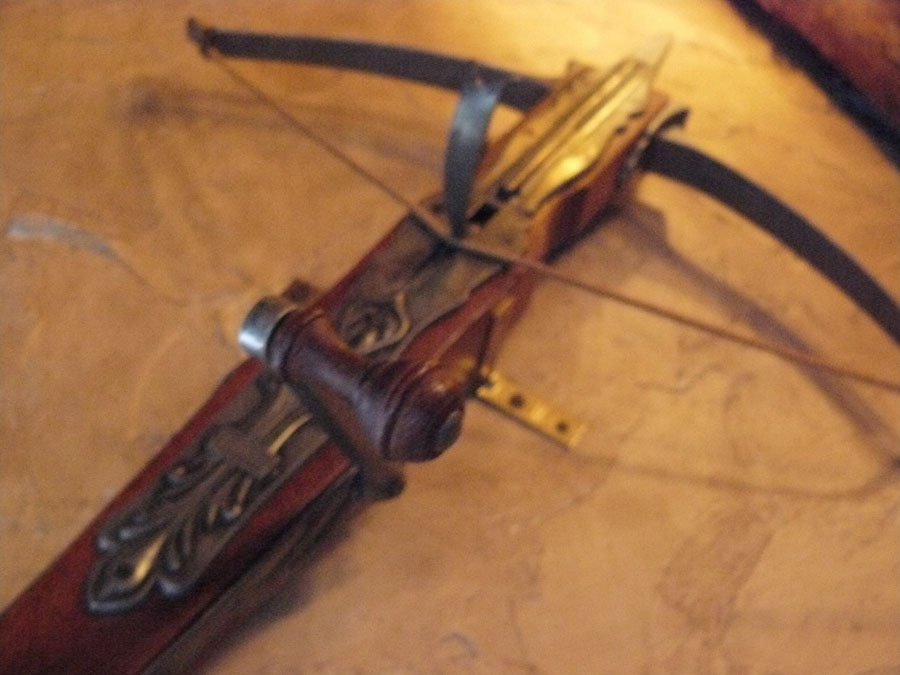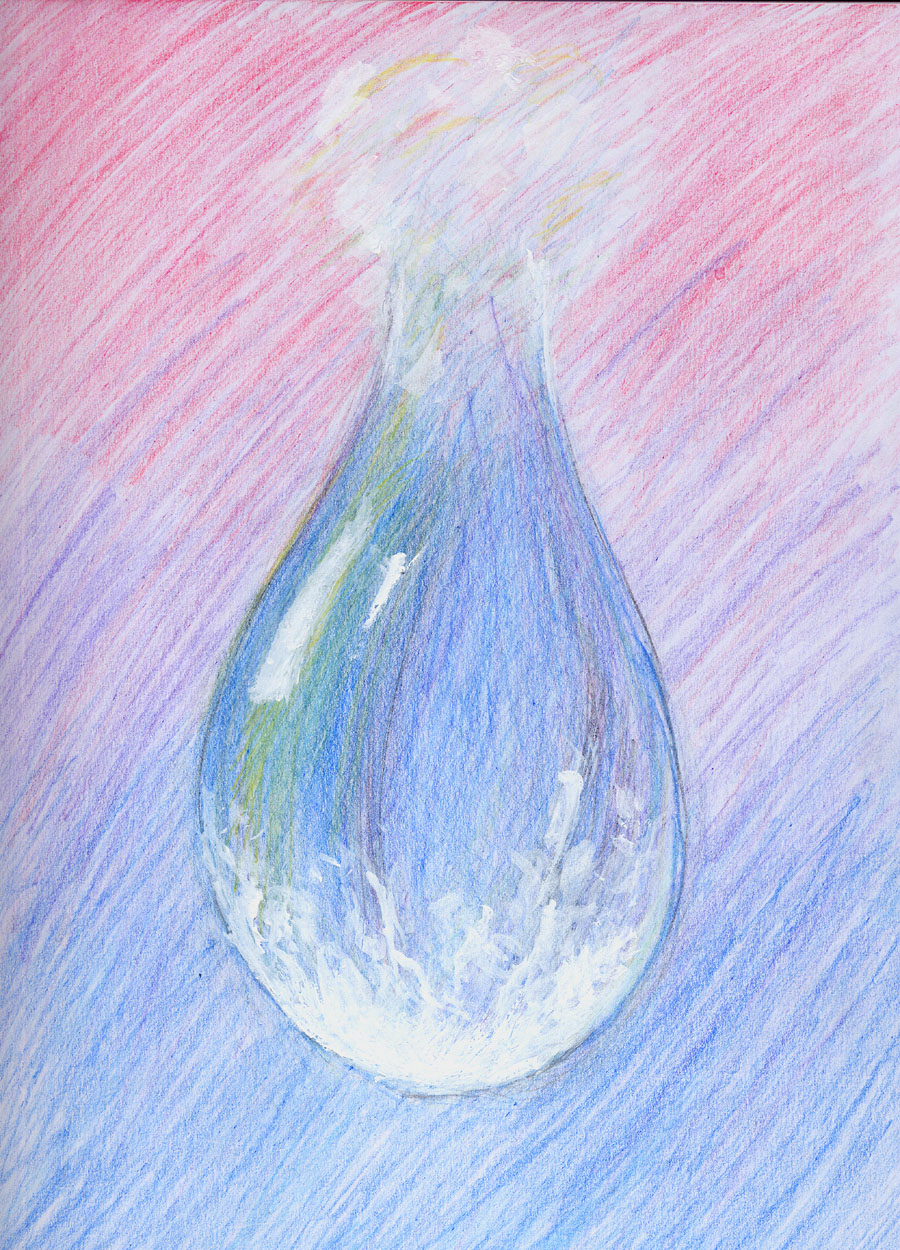 Time Drawn: September 2012
Time Drawn: September 2012
You ever play with physics while bored? It’s great.
Let me set the scene. It’s a hot, muggy day. About 85 degree F, and around 90% humidity. Aka so much humidity you feel like you’d do better with gills instead of lungs. I was at my job at the renn fest, selling Italian ice out of a cooler at my cart. Yes, that’s outside, yes, it was more than a little miserable.
Now, the ices come in large plastic bags, which hold about 25 of the orange-sized treats. I have two bags, one for each flavor, in my cooler. It’s a lidless cooler. I think it had a lid once, but it broke off and got lost, and got in the way anyway.
Besides, each ice is surrounded by, well, ice. All of it deliciously flavored, but that doesn’t prevent it from cooling the air around it. And since warm air rises, the cooler becomes filled with the cold air and actually keeps things nicely chilled. On the really hot days I’ll have to occasionally shift the ices around to move the ones at the top to the bottom to refreeze, but that’s about all I need to do.
Anyway, on to the physics!
The amount of water the air can hold (aka humidity) is highly dependent on the temperature. As air heats up, it becomes less dense. There’s more energy, so air molecules can move around more, which means they claim a larger space. But the water can fit in those spaces as well, and the higher the temperature, the more water can cram itself into the air.
Now, when the temperature drops, the spaces start shrinking. And the water starts getting squeezed out. It’s not quite spontaneous rain, but if you ever notice water droplets on things when it’s not raining, that’s it. It condenses out of the air, falling onto nearby surfaces.
Which was really obvious on the clear plastic covering my ices.
I’d wipe away the droplets and new ones would form within seconds. Since the ices were cooling the very humid air around them, the condensation was going crazy.
Now for the fun bit.
As the condensation increased, larger droplets formed. Just a simple matter of enough water getting together, after all. Eventually those droplets got large enough that gravity started to overcome the rather weak friction holding them to the sloping surfaces of the plastic bag. And then, quick as could be, the droplet would head down into the lower parts of the cooler.
Where it would freeze.
It was below freezing in the bottom four inches of the cooler, you see. That was where the air that matched the temperature of the ices fell to. And the droplets hit that cool air and did what water does, turning white and solid.
I accumulated a rather nice amount of ice at the bottom of the cooler by the end of the day. Which was nice, since it was clean water and I could use it to cool off my overheating self.
And well, I had great fun playing with the states of water. I’d first watch the humidity condense on the plastic, shifting from gas to liquid. Then, once enough had gathered, I’d push the droplet down into the lower area and watch it freeze from liquid to solid. Then, once that was done, I’d pick up the ice, and it would melt on my fingers back to liquid. Then I’d set it on the railing of my cart and watch it evaporate back into water vapor.
Times like that make me glad we live on a planet where such an interesting material as water can be in all three states of matter in the normal temperature variations of the biosphere. It’s so much fun.
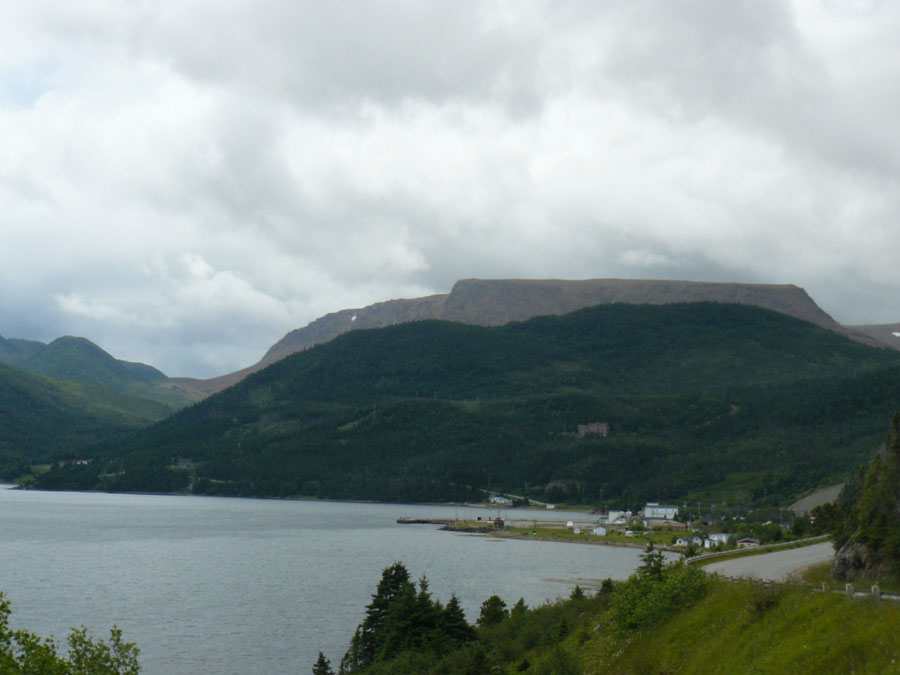 Location Taken: Gros Morne National Park, Newfoundland
Location Taken: Gros Morne National Park, Newfoundland
